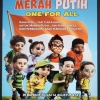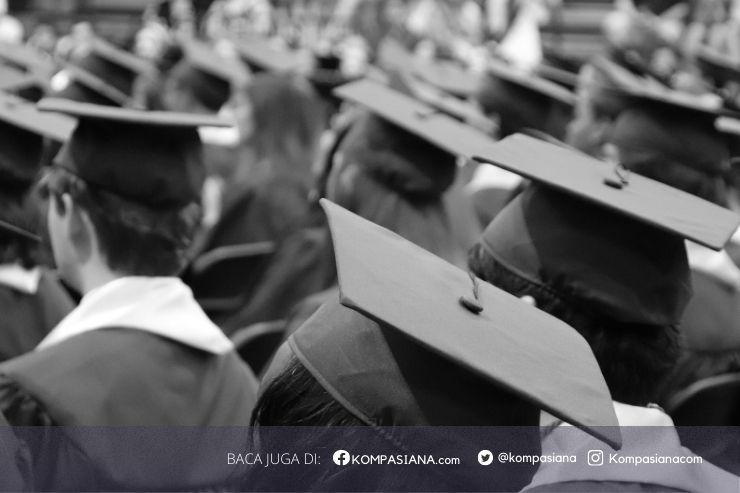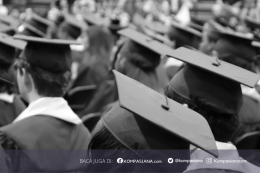Sundahri*, Ahmad Mubarok Affandi, David Febriananta Putra, Anandayu Maudy Aini, Candra Setiawan, Fathimatuz Zahro
Faculty of Agriculture, The University of Jember
Corresponding author: Sundahri.faperta@unej.ac.id
The selection of planting material for rubber plant nurseries is essential for establishing and maintaining productive and sustainable rubber production systems. Hevea brasiliensis, commonly known as the rubber tree, is the primary source of natural rubber, which is economically significant for many tropical countries. The quality of planting material notably influences growth, productivity, and resilience to pests and adverse environmental conditions, ultimately impacting the success of rubber plantations.
The genetic quality of planting materials is critical in rubber cultivation. Research indicates that genetic components can significantly determine productivity, accounting for about 60% of the yield, with the remainder influenced by agro-climatic conditions (Oktavia et al., 2021). This underscores the need for using superior clones and hybrids in nurseries. The development of self-rooted juvenile clones (SRJCs) marks a significant advancement, as these clones typically show better growth metrics and stress resilience compared to conventional donor clones (Wang et al., 2021). Subsequent enhancement of genetic stock through selective breeding and biotechnological interventions, such as somatic embryogenesis, could yield even more productive and robust planting materials (Wang et al., 2023).
Nutritional management and the choice of planting substrate are equally critical. Rubber plants are adaptable to various soils; however, specific environmental factors such as soil type and nutrient availability can significantly impact growth rates (Saputra, 2023). Research suggests that optimizing nutrient solutions in nurseries enhances propagule production and improves juvenile plant health (Borelli et al., 2024). Additionally, the application of organic amendments and precise nutrient management can enhance soil health and boost the performance of rubber seedlings during early growth stages (Oktavia et al., 2021).
Establishment protocols and planting designs are crucial in the nursery phase. The spacing and arrangement of rubber seedlings can influence competition for resources, light, and space, which affects growth performance and yield (Sahuri et al., 2021). Strategies like double row spacing and intercropping with other species can enhance land productivity and profitability by optimizing resource use and minimizing competition (Febryano et al., 2024; ,Qi et al., 2023). Incorporating biodiversity through agroforestry systems not only enhances ecological balance but also builds resilience against pests and diseases (Wulandari et al., 2021).
The risk of plant diseases, particularly in the nursery phase, poses significant challenges. Effective management strategies that incorporate biological control agents, like fluorescent pseudomonads, can mitigate threats from pathogens that adversely affect young seedlings (Marwan et al., 2020). These biological agents promote root growth and suppress diseases like white root disease, thus aligning with sustainable agricultural practices that reduce reliance on synthetic pesticides and support integrated pest management in rubber cultivation (Marwan et al., 2020).
Furthermore, understanding the physiological and morphological traits of various rubber clones is essential for effective propagation. Studies examining the interaction between environmental conditions and clone-specific characteristics can guide nursery managers and farmers in selecting the most suitable varieties for specific locales or microclimates (Dani et al., 2023). For example, growth response comparisons of different clones across varying settings yield insights that help in selecting the most appropriate clones for optimum adaptability and productivity (Royani et al., 2024).
Modern cloning technologies, including micropropagation and somatic embryogenesis, provide significant advantages in scaling up disease-free planting material production (Tisarum et al., 2020). The capability to quickly generate uniform and genetically stable plants meets the demand for quality planting material while adhering to biosecurity measures designed to prevent pest and disease introduction into new planting areas (Wang et al., 2023). This biotechnological approach should continue to monitor genetic diversity within rubber nurseries to mitigate risks associated with monoculture (Penot & Ilahang, 2021; Damiri et al., 2022).
Policies governing the establishment and regulation of nurseries for rubber planting materials also impact plantation success rates. Adequate support systems, including training for farmers, enhance the dissemination of knowledge regarding best practices in planting material selection and nursery management (Khaswarina et al., 2023; Putra & Darwa, 2021). Collaboration among stakeholders—from researchers to nursery managers—ensures the development of comprehensive strategies addressing the multifaceted challenges in rubber cultivation, thereby enhancing productivity and sustainability (Khaswarina et al., 2023).







